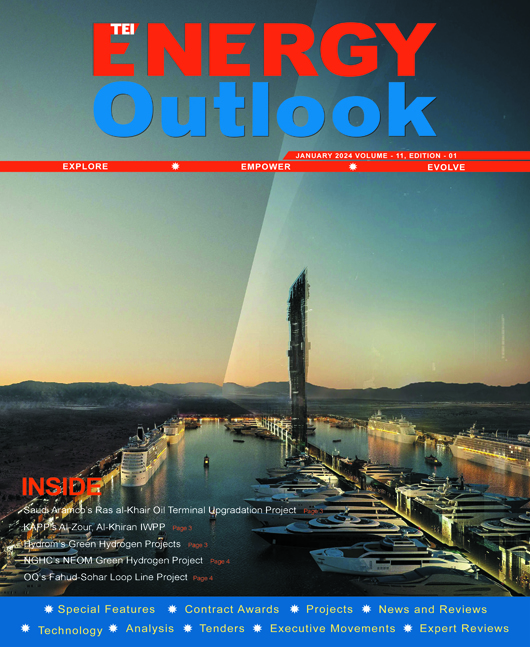
Saudi Arabia’s Rising Projects Market
Saudi Arabia is on the dynamic growth path. The kingdom is working on multiple options to reshape its economy and elevate its global influence.
The kingdom is moving ahead with the next phase of its economic diversification plan known as ‘Vision 2030’ and hopes to unveil its ‘Vision 2040’ as early as 2027, says Crown Prince Mohammed bin Salman.
At the core of the Vision 2030 programme, are a series of ‘gigaprojects’ valued at $1.25 trillion that are driving growth, investment and job creation in the kingdom. These include the Neom future city, The Red Sea Project, Diriyah Gate, Qiddiya, Roshn and Al-Ula, which were announced in 2017. Others followed, such as King Salman Park, Riyadh Sports Boulevard, Jeddah Central and King Salman International Airport.
With close to $1.8 trillion worth of projects in pipeline, Saudi Arabia remains the largest single projects market in the region and offers many new opportunities across sectors such as construction, renewable energy, advanced technology, transport, healthcare and aerospace.
Saudi Arabia has close to $45bn worth of power generation projects in the pre-execution phase, other than nuclear power plants project. The kingdom has added an additional 2,100 MW of renewable energy to the grid, bringing the total capacity of installed renewable energy to 2,800 MW, marking a 300% increase in installed capacity. The production capacity of renewable energy projects under construction in the country exceeds 8 GW, with an additional 13 GW of renewable energy capacity in various stages of development across multiple projects.
Saudi Arabia is on track to achieve its goal to reduce carbon emissions by 278 million tonnes per annum (mtpa) by 2030. The kingdom aims to achieve an optimal energy mix for electricity production by having gas and renewable energy at approximately 50% each by 2030. When achieved, this will displace approximately 1 million barrels of liquid fuel currently used.
Saudi Arabia is making progress on the development of the $8.4bn green hydrogen plant in NEOM. The kingdom is determined to become the world’s largest centre for clean hydrogen production and export, with Japan being the first recipient of the its blue ammonia shipment.
The kingdom plans huge investment into the oil and gas sector to increase its production capacity and upgrade existing infrastructure.
Saudi Aramco, the national oil company, plans to approve $100bn in projects and expand its oil production capacity by 1 million barrels per day (bpd) to 13 million bpd by 2027, with most of the increase coming from offshore fields. Other big projects include the development of the Jafurah onshore unconventional gas field and expanding Aramco’s Master Gas System, the estimated $7bn plus Zuluf upstream scheme, and the Manifa offshore oil and gas field.
On the downstream side, the kingdom’s petrochemical sector will see investments of upto $600bn by 2030. Aramco has a significant pipeline of planned projects, including petrochemicals projects estimated to be worth up to $200bn.
Aramco, and its petrochemicals producing subsidiary Saudi Basic Industries Corporation (Sabic), plan to establish 10-11 large mixed-feed crackers by 2030, as part of the global liquids-to-chemicals programme, which is projected to see investments of up to $100bn and aims to convert 4 million bpd of oil production into high-value petrochemicals and chemical feedstocks.
The kingdom expects its long-term growth ambitions will advance further in 2024, by working more closely with private sector.
The kingdom plans huge investment into the oil and gas sector to increase its production capacity and upgrade existing infrastructure.
Editor